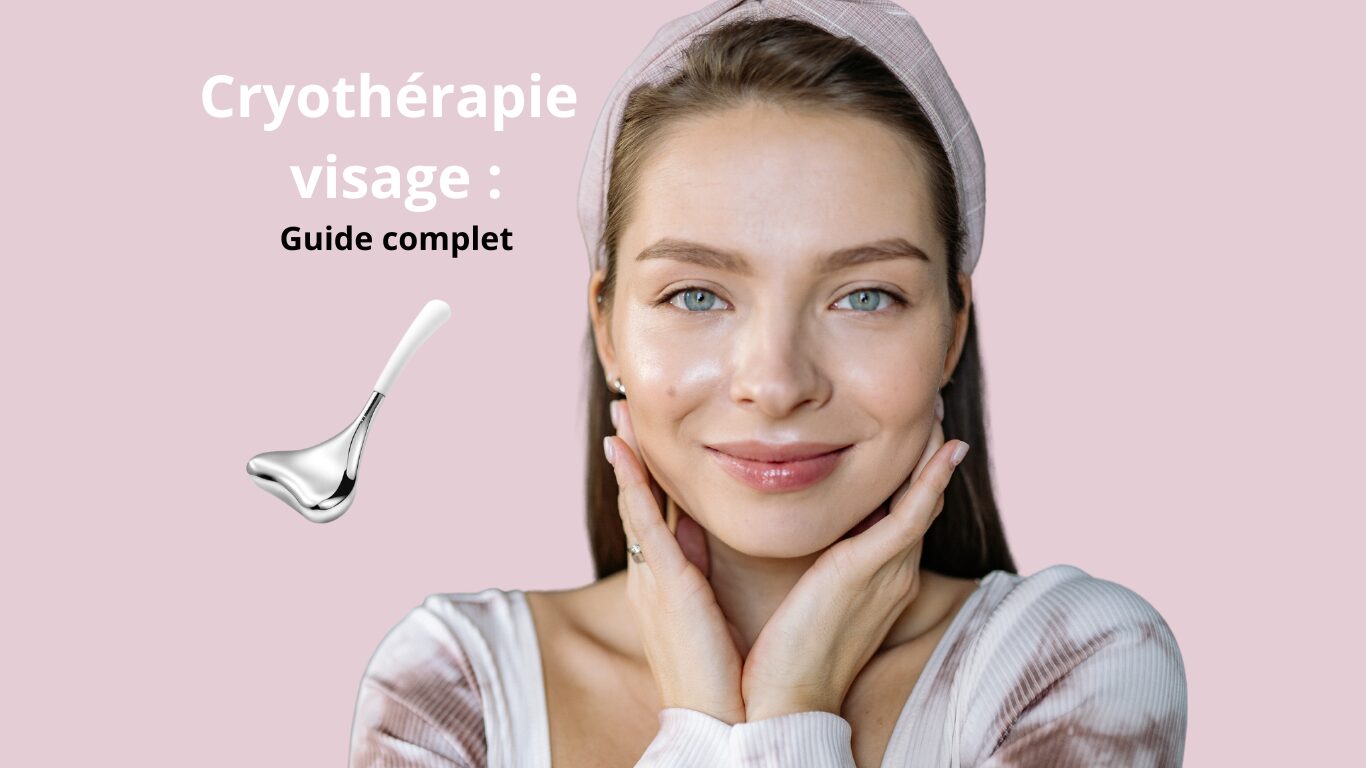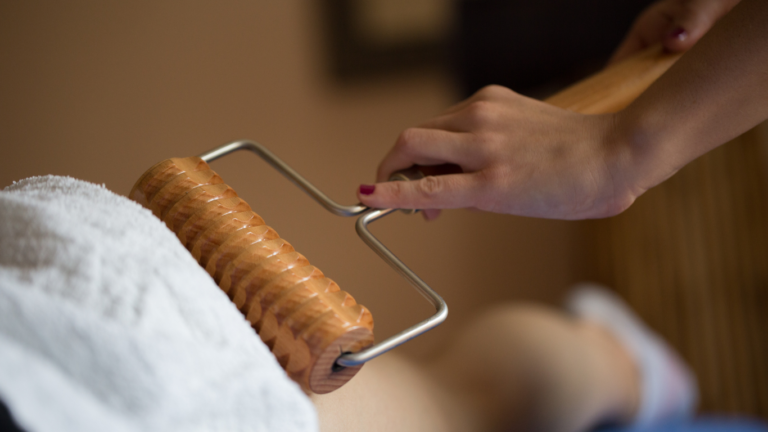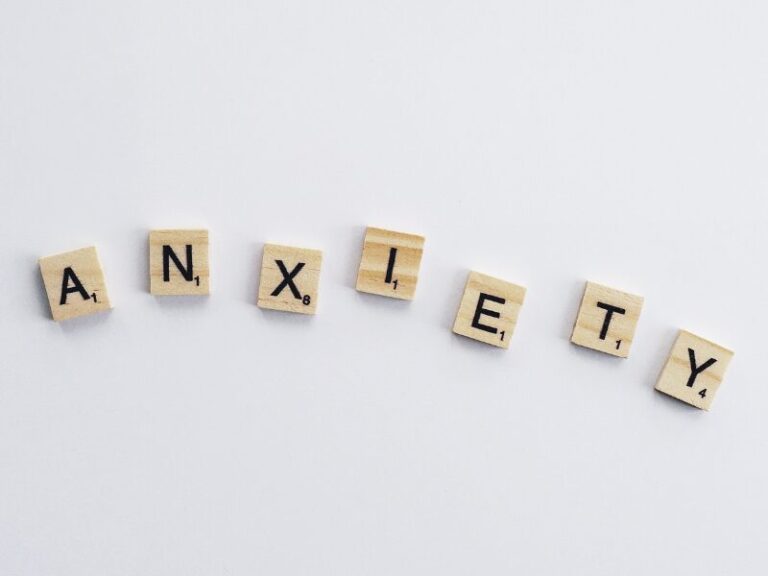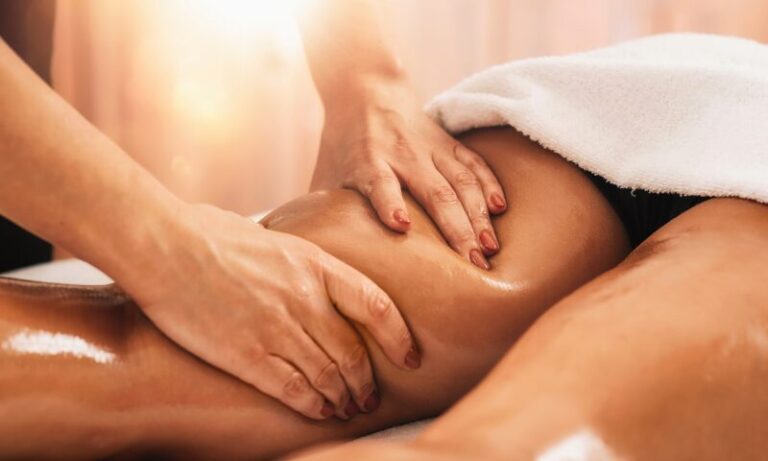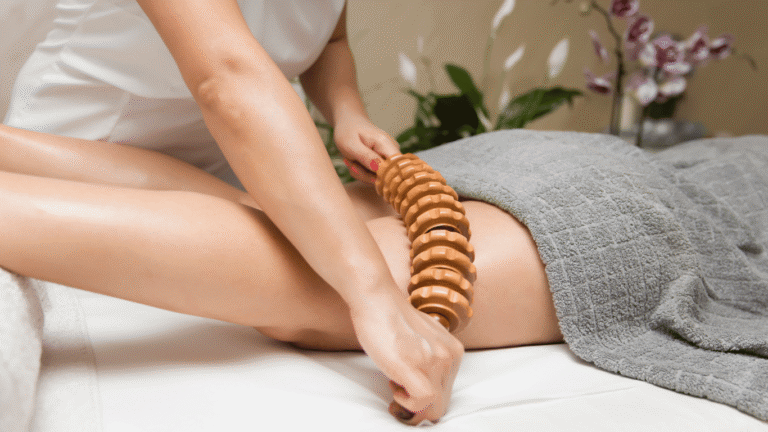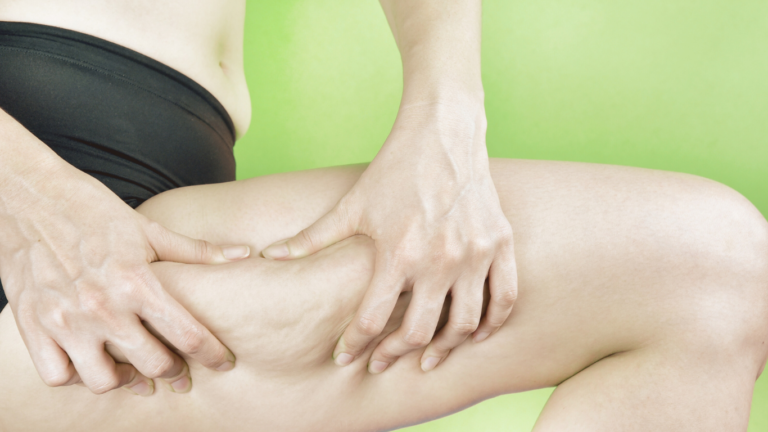Face Cryotherapy: Complete Guide 2025
La face cryotherapylong the preserve of sports enthusiasts and top-of-the-range spas, cold therapy is now making its way into beauty routines. Using cold to stimulate the skin is no fad: it's a simple, natural method with visible results.
But what does cryotherapy actually do? Is it really effective against wrinkles? Are there any risks involved? And above all, how can it be used safely on a daily basis?
Let's find out everything you need to know.
Contents
What is facial cryotherapy?
Cryotherapy for the face involves exposing the skin to cold temperatures using specially adapted tools. This "thermal shock" stimulates microcirculation and revives the skin's natural mechanisms.
There are many benefits:
- reduction in puffiness and dark circles,
- immediate healthy-glow effect,
- firmer, more toned skin,
- Redness and inflammation soothed.
In just a few minutes, the cold acts like a beauty boost.
The main benefits of cryotherapy for the face
- Natural anti-ageing
Cold stimulates the production of collagen, which is responsible for skin firmness. The result: wrinkles and fine lines are reduced over time. - Relaxed look
By encouraging blood circulation, cryotherapy helps to reduce puffiness and lighten dark circles. - Radiant complexion
The skin is better oxygenated, which immediately gives it more luminosity. - Soothed skin
Ideal for calming redness, reducing inflammation and soothing reactive skin.
Is cold good for wrinkles?
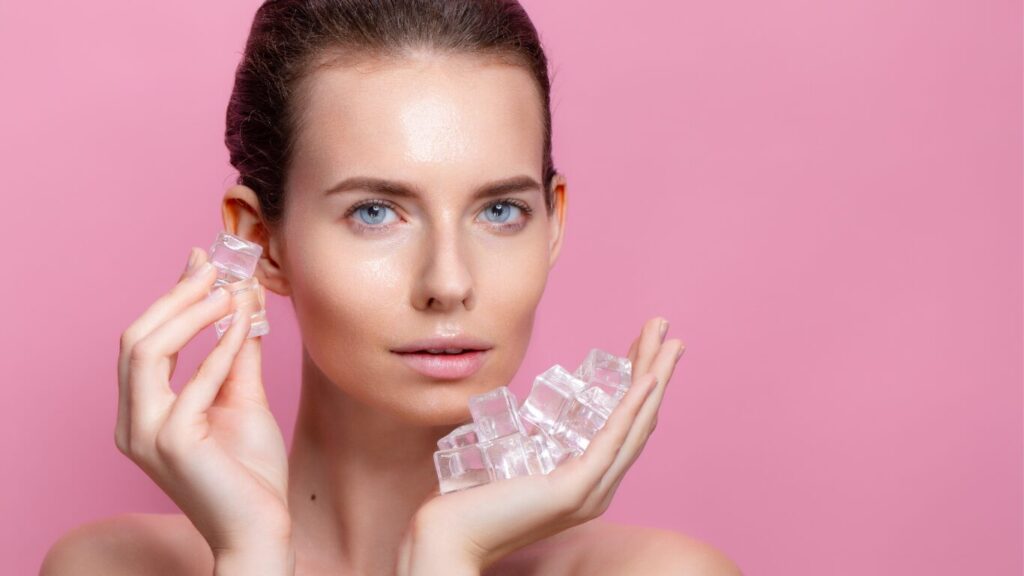
Yes! studies show that exposure to cold stimulates fibroblasts, the cells that produce collagen and elastin. In the long term, this improves skin tone and suppleness, while slowing the appearance of wrinkles.
What are the risks of cryotherapy?
Although generally safe, facial cryotherapy can present risks if used incorrectly or with unsuitable tools. Possible side effects include :
- Allergic reactions to cold.
- Skin irritation,
- Frostbite.
To avoid these inconveniences, it is crucial to follow specific recommendations.
Recommendations for safe facial cryotherapy
To take full advantage of the benefits of cryotherapy for the face and avoid any inconvenience, it is essential to follow a few recommendations:
- Cleanse your skin before use
Make sure your skin is clean and dry before you start, to avoid possible irritation or the build-up of bacteria.
- Test the temperature
Before applying a cold tool to your face, test it on a small area, such as your wrist, to check that the temperature is tolerable.
- Use the right tools
Choose accessories specially designed for facial cryotherapy, such as the Cryo Spoonsto ensure safe and effective application.
- Do not exceed the recommended time
Limit sessions to 5-10 minutes per area to avoid any risk of frostbite or skin discomfort.
- Avoid sensitive or damaged areas
Do not use cold tools on lesions, irritations or areas where the skin is already weakened.
- Adapt the intensity to your skin type
- For sensitive skin: opt for short sessions at a moderate temperature.
- For normal or oily skin: you can tolerate lower temperatures, but always within the limits of comfort.
- Moisturise your skin after the session
Apply a moisturiser or serum after cryotherapy to nourish the skin and prolong its benefits.
- Do not combine with other aggressive treatments
Avoid chemical peels, exfoliations or any other irritating treatment before or after a cryotherapy session.
- Listen to your body
If you feel discomfort, pain or a burning sensation, stop the treatment immediately and consult a professional if necessary.
What are the contraindications to facial cryotherapy?

Although it has many benefits, facial cryotherapy is not suitable for everyone. Certain conditions should be avoided, such as circulatory problems, skin conditions such as eczema or psoriasis, or an allergy to cold. It is also not recommended for damaged, irritated or lesioned areas of the skin.
Before incorporating this treatment into your routine, it is strongly recommended that you consult a healthcare professional, especially if you have any particular concerns or medical history. Taking these precautions ensures a safe experience tailored to your needs.
What tools should you use?
To reap the benefits of the cold, it's best to use accessories designed specifically for the face. The best-known are :
- Ice globes / Cryo spoons These are glass or metal balls or spoons that are placed in the freezer and applied directly to the face.
- Natural stone rollerballs (jade, quartz, obsidian): used cold, they stimulate microcirculation.
- Refreshing masks practical, but less targeted.
👉 If you're looking for an effective, easy-to-use solution, discover the Face Ice Globes available from Maderobox.
Who is facial cryotherapy for?
The good news is that it's available to almost everyone! Dry, oily, normal or sensitive skin can all benefit.
⚠️ The only exceptions: people with circulatory problems, eczema, psoriasis or allergies to cold should avoid this practice.
Conclusion
Cryotherapy for the face is much more than just a trend: it's a simple, natural and effective ritual for revitalising the skin, reducing signs of fatigue and slowing down skin ageing.
Used regularly, it transforms the face, restoring radiance, firmness and vitality. And the best news? You can enjoy its benefits right in your own home, without going to a beauty salon.

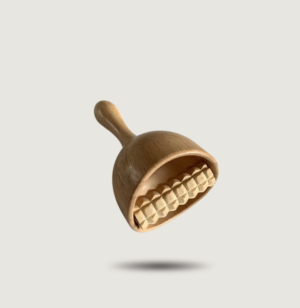 Swedish cup massage with rollers
Swedish cup massage with rollers 